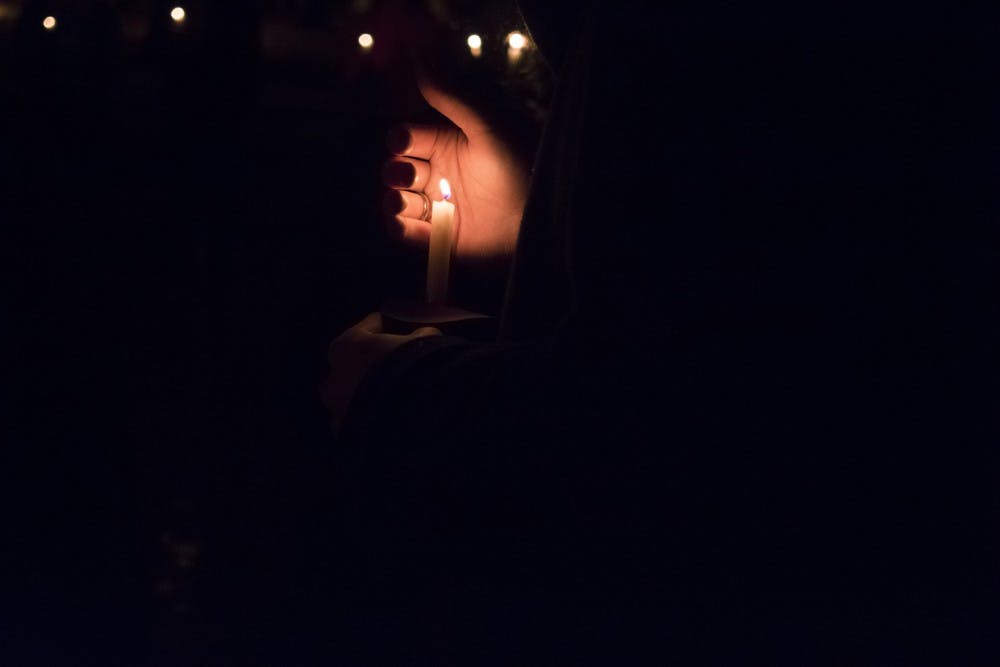Reported rates of attempted suicide at USC increased from 0.5 percent to 1.3 percent from 2010 to 2017. On a campus of roughly 35,000, that's more than 450 students.
Part of dealing with a student population of tens of thousands is not being able to economically provide services for the outliers — students who suffer from rarer mental health conditions like bipolar disorder and schizophrenia, which affect 1.4 and 0.3 percent of students, respectively.
Student Health Services Director Deborah Beck acknowledged that services focus on what she calls “the 85 percent” of students dealing with more typical college issues like stress, anxiety and depression. For Student Health Services to be able to accommodate every student's needs, she said, the cost would be prohibitive. The current portion of tuition that goes to Student Health is $184 per semester for students enrolled full-time.
Students who are in crisis can go to walk-in hours at the counseling center during normal business hours on weekdays and be immediately assessed by a professional, skipping the triage process. Ultimately, though, Student Health Services is more equipped for prevention and treatment than crisis intervention. National services, like suicide hotlines and text lines, can fill the gap.
Active Minds President Kaitlin Harrison recommends the national 24-hour crisis text line, 741-741. The anonymous service usually provides feedback from a person trained specifically in crisis counseling within five minutes, and texting can be more accessible for students with anxiety than calling or going somewhere in person.
The National Suicide Prevention Hotline, 1-800-273-8255, recently was the name of a song by musician Logic that reached No. 3 on the Billboard top charts. The day after the song came out, calls to the hotline increased 27 percent.
“I think that’s really big," Harrison said. "Because when more people, like music stars and things like that start to talk about it, hopefully everyone else will too.”
Harrison and Student Government Health and Wellness Secretary Katie Cohen planned a vigil on campus Nov. 9 to share stories and remember students lost to suicide. On Oct. 6, a USC graduate student killed herself in Gambrell Hall.
“It may have happened on our campus today,” Cohen said later that day, “but at the same time it happened on a different campus yesterday and it happened at a different one the day before that.”
There isn’t a single solution to suicide prevention; every aspect of mental health, from stigma reduction to increased access, can play a part.
On campus, people like resident mentors and teaching assistants complete suicide prevention gatekeeper training, mandatory since 2010. The trainings, offered about twice a month, are open to anyone to attend. A mental health liaison program trains faculty and staff on how to deal with mental health issues among students. Guidelines on the Student Health website direct students on how to help friends with suicidal thoughts.
"There are events that happen that get people to think about this for a short period of time because it's right in your face," Cohen said. She urged people to care not only when an event brings suicide to the campus's attention, but to be proactive about individual mental health and the health of those around you.

